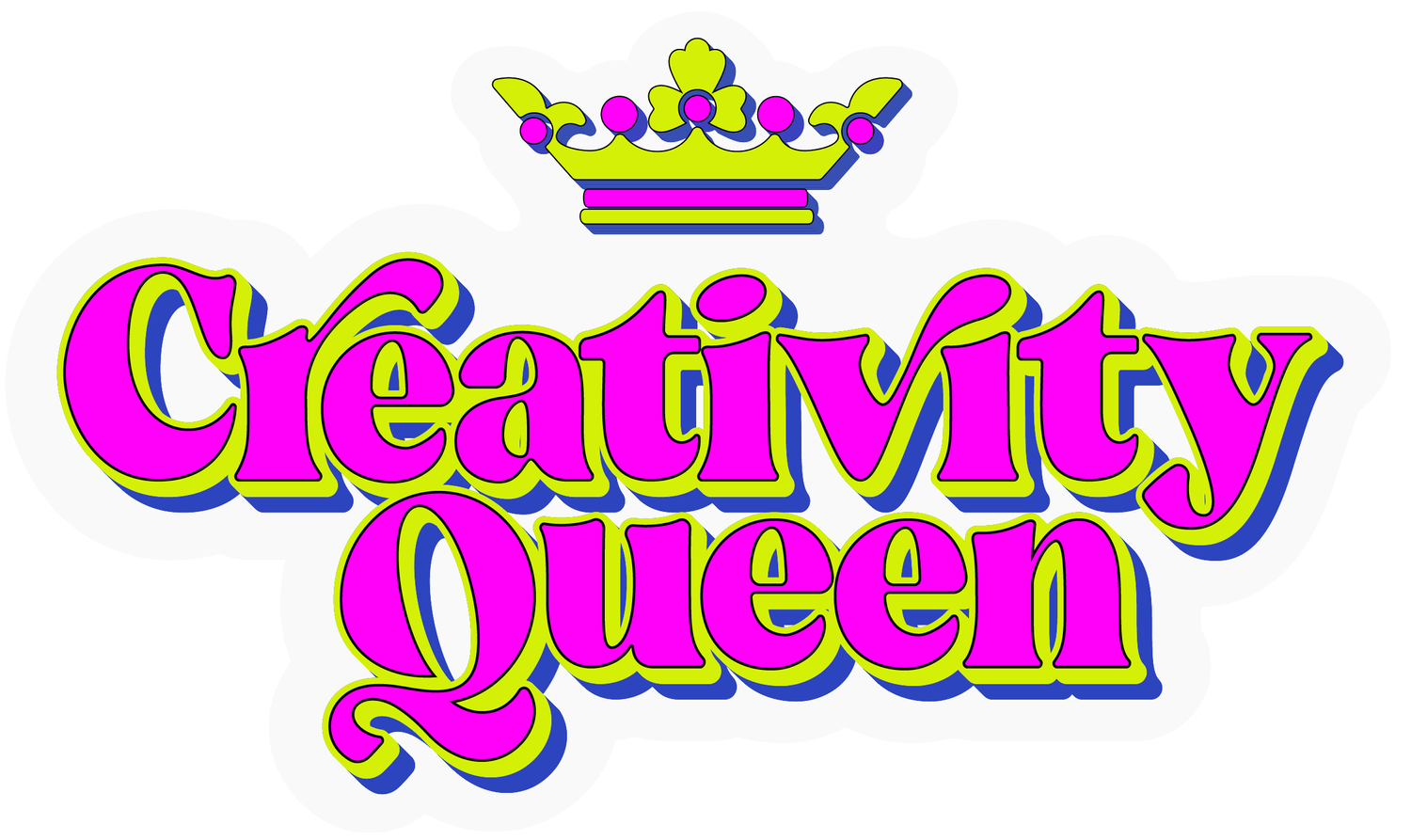Using art to teach boundaries, respect, communication, and cooperation
I was talking with a colleague about practical and positive strategies to build cooperation, responsibility, and mutual respect with children. It got me thinking about how important it is to set boundaries and clear expectations with kids. Also, the importance of very specific and concrete consequences (both positive and negative). I find that the kids who struggle the most are often the ones whose parents flip-flop on boundaries (sometimes a NO turns into a YES) or a child’s negative behavior triggers you to lose your cool or frustrates you to the point that you give in.
Summertime means more time with your family, more sibling time together, and more unstructured time. All of that can lead to arguments, annoyances, and frustrations.
You can teach your kiddos lots of great skills using art, such as respecting boundaries, communicating wants, cooperating, and learning consequences.
Here’s a creative playful CQ activity:
Get a large piece of paper and set the rules for playing together. Let your child know how long you’ll be making art and the expectations (such as helping pick up the materials, asking for help, etc).
Explain that you’ll be working together or that they will be working with their siblings. Pick a theme to create, this time of year an underwater theme or at the beach is a fun theme to explore. Tell your child that they can create on one side of the paper their own scene, and you (or their sibling has the other side of the paper) and explain that the middle of the paper is where they can create things together. Be clear that they need to ask before touching another person’s materials or going on the other person’s side. Let them know what the consequences will be ahead of time for good choices and poor choices. If your children are doing this together monitor the process, provide feedback, and explore choices.
Depending upon your child, you can provide basic materials such as markers or crayons, or you can provide sensory materials such as glitter glue, pom-poms, finger paint, or play-dough. Use this experience as a teaching opportunity to explore respecting boundaries, and develop communication skills, such as asking for what you need, tolerating frustration, and organizing materials. Recognize positive choices and explore the consequences of poor choices.
Every moment is a teaching moment, so help your child develop the skills to understand and respect boundaries, communicate their wants, and learn the consequences of their choices. Are you in need of more support? Schedule a complimentary phone consultation to learn more.

